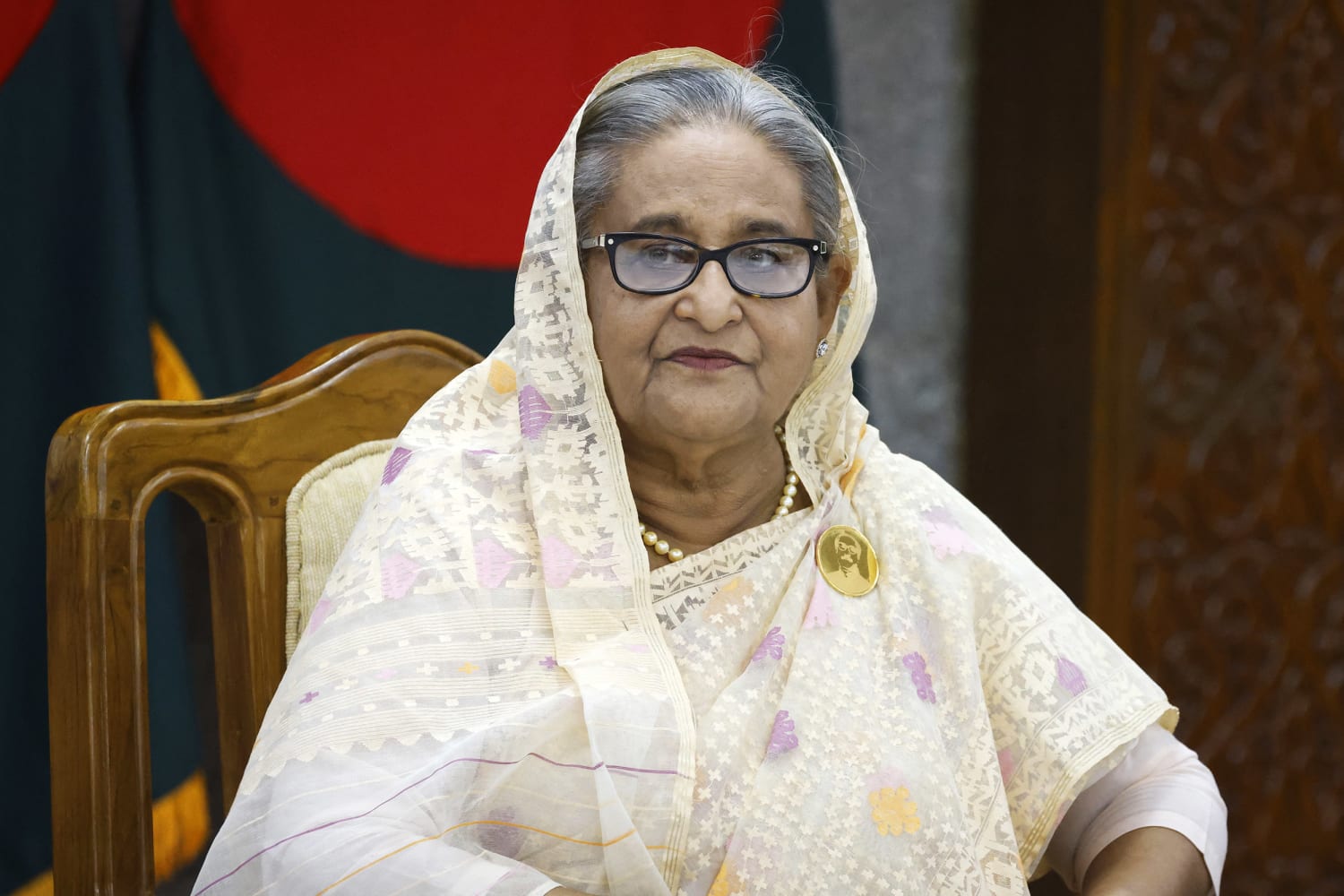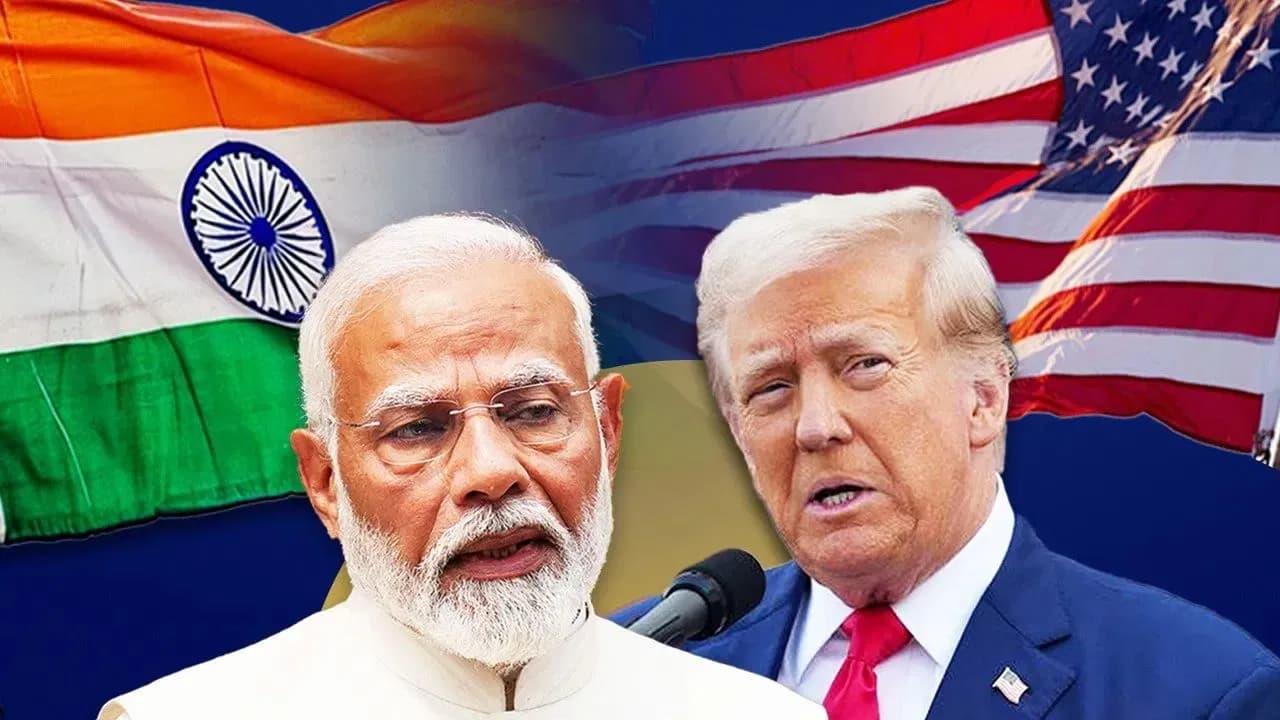Finance Minister Nirmala Sitharaman is set to present the second full Budget of the BJP-led NDA government’s third term on February 1 at 11 am. More than a mere financial report, the Union Budget reflects the nation’s economic performance over the past year while laying out its ambitions for the upcoming fiscal year. It details the government’s projected revenue and expenditures for the fiscal period from April 1 to March 31.
The Budget process begins months in advance, typically around August, when the Finance Ministry issues directives to various ministries, states, Union Territories, and autonomous bodies. These guidelines require departments to submit their spending estimates for the forthcoming fiscal year, along with an evaluation of their revenues and expenses.
Once these estimates are received, they undergo thorough scrutiny by government officials. Rigorous discussions ensure that the proposals align with the broader fiscal strategy. Approved figures are then forwarded to the Finance Ministry, which allocates funds across different sectors and departments. In cases of funding disputes, the matter may be escalated to the Union Cabinet or even the Prime Minister for resolution.
The Budget process also involves consultations with key stakeholders, including business leaders, farmers, economists, and foreign institutional investors, facilitated by the Department of Economic Affairs and the Department of Revenue. These interactions help shape a balanced Budget that addresses the needs of various economic sectors.
The Finance Minister further engages in pre-Budget meetings with representatives from sectors such as banking, agriculture, trade unions, and state governments. Feedback from these sessions helps identify pressing priorities and challenges. Following these consultations and discussions with the Prime Minister, the Finance Minister finalizes the Budget. The final document then enters the printing phase, marked by the traditional halwa ceremony, symbolizing the official start of the printing process.












